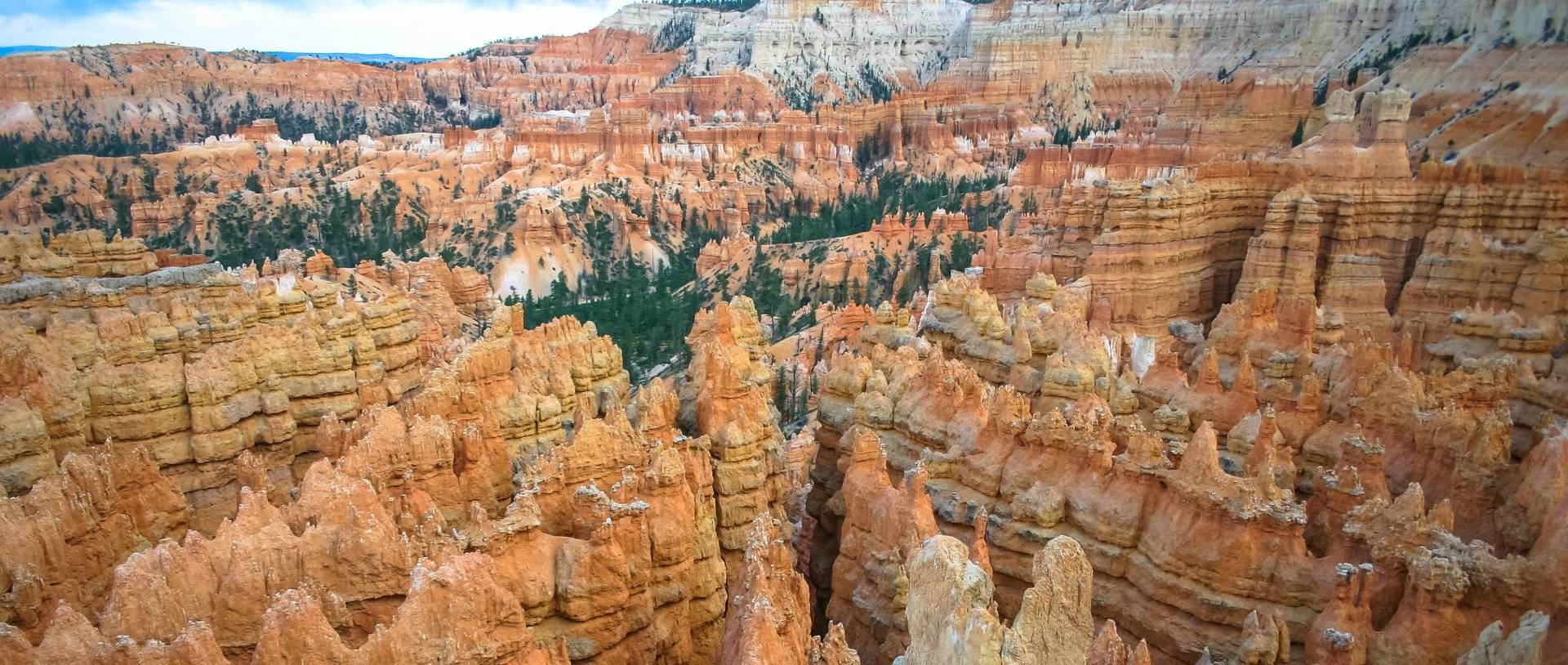
Geology Activities
View Elementary School Activities
| DIY Edible Soil Layers |
| Soils are composed of multiple layers or horizons that lead to distinct characteristics
or soil profiles that we are able to study. In this activity students create these
different soil layers with candy to understand how each layer plays a role in supporting
plant and animal life. |
| Grow Your Own Stalactites |
| Stalactites are mineral formations that grow in caves, hot springs, and even bridges.
In this activity students will form their own stalactites to observe how the build
up mineral deposits grow leading to these amazing mineral formations. |
| Model the Rock Cycle |
| In this activity, students will observe the rock cycle going from sedimentary, metamorphic, igneous rock. This process will be done by mixing crayon shavings and subjecting them to heat to observe how they mix. |
View Middle School Activities
| Grow Your Own Stalactites |
| Stalactites are mineral formations that grow in caves, hot springs, and even bridges. In this activity students will form their own stalactites to observe how the build up mineral deposits grow leading to these amazing mineral formations. |
| Glaciers, Water, and Wind, Oh My! |
| In this activity, students will explore different forms of erosion that include chemical, water, wind, glacier, and temperature. Students will build stations that simulate each type of erosion on rocks and minerals. They will then observe how each type of erosion affects these landforms. |
| Single Serving Volcanism |
| Within the earth’s crust exists pools of magma. These pools can then be forced up through tectonic plates leading to subsurface magmatism and volcanism leading to the formation of certain mountain ranges. In this activity students will observe this formation with the use of Jell-O and pudding. |
View High School Activities
| Take-out Lid 3D Topographic Map Model |
| Topographic maps are a useful tool utilized by scientists to observe elevation changes
based on the layers of rock formations. In this activity, students will design their
own 3D model topographic maps where they’ll be able to observe the many layers that
make up land formations. |
| Make Your Own Seismograph |
| Seismographs are a common tool used by scientists to study and monitor earthquake
activity. In this activity, students will build and test their own seismographs to
understand how seismograph data is interpreted. |
| Shaky Sediments |
| One of the most dangerous aspects of earthquakes is ground failure where the soil in the ground loosens leading to liquefaction. In this activity students will observe this phenomenon through the movement of objects in soils when shaken and its effects on supporting structures. |